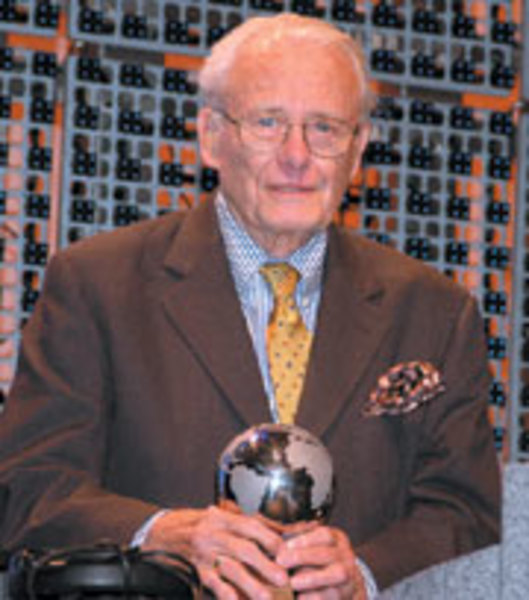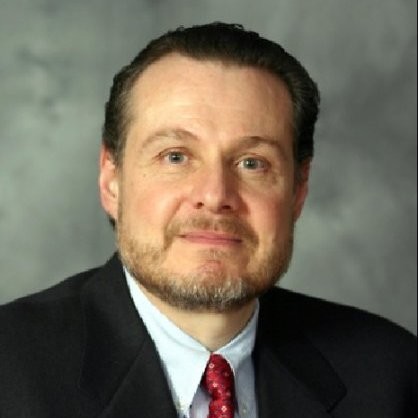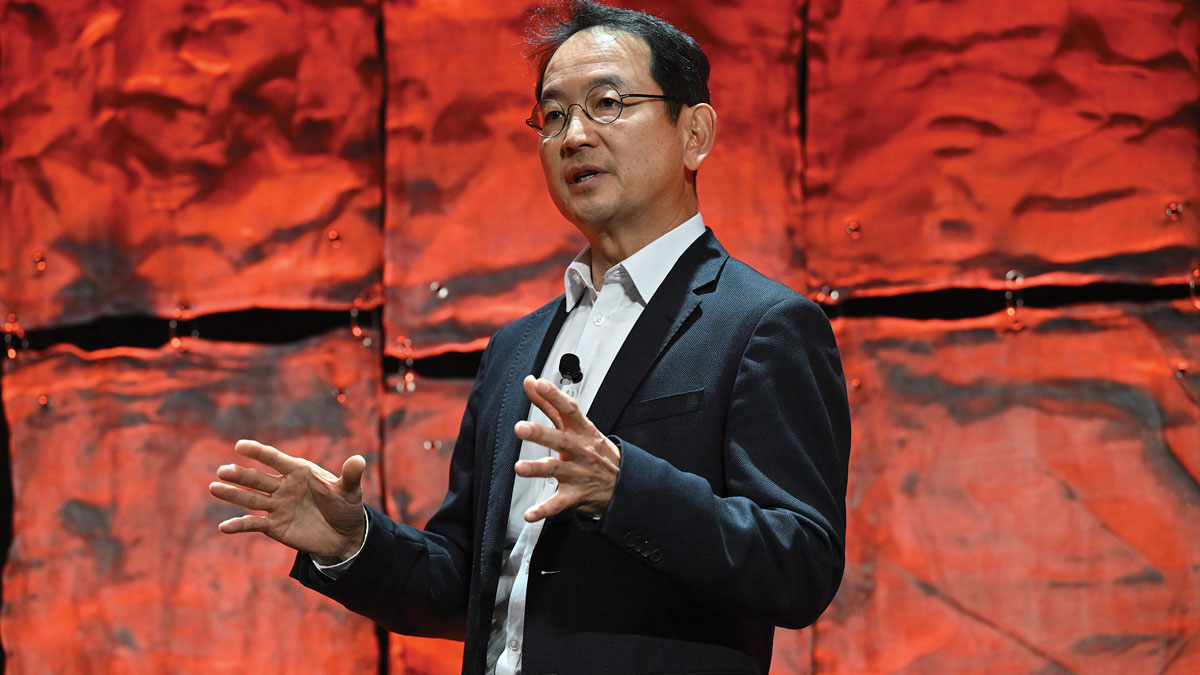Remembering Hubert Wilke
The audiovisual design and integration industry has evolved dramatically over the last half century. Hubert "Hubie" Wilke played the key role in the earliest days of its development. Though many know that Hubert “invented” audiovisual consulting and is widely acknowledged as the father of the discipline, only a few of today’s AV practitioners, whether consultants, integrators, manufacturers, or users have a sense of just how remarkable a man he was.
In 1978, while looking for job in corporate AV support, I asked around about who might know someone in that world. As a design consultant of corporate boardrooms, Hubie was mentioned as someone to talk to. I was stunned to discover that AV consulting was a “thing”. When I first met him, I was a bit unnerved. A tall, thin, distinguished looking fellow, with thinning white hair, he seemed regal, and quite old to me. It would be decades before I figured out, he was only 61 at our first meeting. The fact that Hubert, or HW as we sometimes called him, was extremely hard of hearing contributed to his halting and somewhat geriatric conversational style, though I didn’t know it at the time. Over the years, standing or sitting next to him, I would often hear a high-pitched whine emanating from him. Sadly, he was a victim of an archaic state of audio technology and awful hearing aid design.

Hubie was anything but geriatric. When he visited a city to do marketing, he would make five—even six—appointments a day; he'd dash from meeting to meeting, never seeming to break a sweat. More remarkably, at the days end, he would try to cajole whoever might be accompanying him from our firm, a client, or anyone else for that matter, to find a place to listen to live music, or worse, go dancing. The next day, he would do it all over again. At 25 years his junior, I couldn’t keep up with him.
To me, Hubert was the epitome of the man in the gray flannel suit era, think Don Draper from Mad Men, though I never saw him wearing something as plain as that. No, Hubie had a penchant for silk ascots, pocket squares, and loud plaid pants, which he wore, often at company Christmas parties.
It took me years to piece together his career path, and how he came to start Hubert Wilke, Inc. I knew he had worked for Teleprompter, the company that had invented the original technology for the device. Somehow, I also had the impression he worked as an ad man, on Madison Ave., but it may well have been only that his firm designed meeting and conference rooms, observation rooms, and boardrooms for virtually all the top agencies.
One day, I noticed a photograph of Hubert Humphrey, the 38th Vice President of the U.S., on the credenza in Hubie's office. Some months later, I discovered it was signed “To the other Hubert”. Apparently, they had met. It turned out that HW had been hired by the Johnson administration to design a presentation to be used for the President to introduce and explain his Great Society agenda to the nation. It was the first large screen multi-image slide and film presentation of its time.
A few years later, HW mentioned the famed movie director John Houston in passing. It turns out Hubie had been an on- air radio personality who had interviewed him, as well as many other luminaries of the time. I had the impression he had given Edward R. Murrow a run for his money.
A daily selection of features, industry news, and analysis for AV/IT professionals. Sign up below.
HW started his firm in 1966, just as the use of projected still and moving images with sound was exploding beyond the realm of entertainment. The pace of the world was quickening and the need to effectively communicate ideas in the corporate, government, and academic arenas were expanding faster and faster as were developing technologies necessary to accomplish it.
Hubert was a big picture guy. His genius was to recognize the need to organize the design and implementation process of creating audiovisual systems equipment infrastructure, and he created Hubert Wilke, Inc. to do just that. However, it would be a mistake to attribute technical dexterity as one of HW’s key skills. In fact, anyone who knew him well knew that it was dangerous to allow him proximity to any device that had more than an on/off switch—like a toaster. And Hubert would be the first to admit his limitations.
HW was a consummate salesman. His first task in building his firm was to attract and sell his idea to a team of technical experts, people who could understand user requirements; design and document systems, and underlying architectural infrastructure; guide and coordinate with architects and engineers; develop hard line equipment specifications; manage the procurement of equipment and installation services; and to do so as a pure consultant, void of self-interest. The initial team, comprised of Ray Wadsworth, Ed Hodder, Bob Nissen, and Irv Wood, didn’t know it at the time, but would become the keystone of what would become the first audiovisual consultant firm, and set the bar for all who would follow. To their credit, if they couldn’t find an existing product to meet a client’s requirements, they would invent it, more than once necessitating a dash to the nearest Radio Shack.
With the team in place, HW’s job was to get new work. He did so by networking with architectural firms, and scouring the landscape for new building projects, corporate headquarters, etc. And he was successful. By the time I joined the firm, HWI counted over 30 of the Fortune 50 corporations as clients.
Amongst the items on HW’s desk was a massive rolodex filled with names and telephone numbers—comprising a who’s who of corporate, government, and architectural contacts. As noted, HW was an exuberant marketer. The fact that he could meet with numerous prospects in a single day was eclipsed by his prowess on the telephone. Early on, Hubert began the yearly tradition of what he referred to as his “Christmas card calls”. Beginning in November, he set out to call each person in his rolodex, a task that continued well into the new year.
As my project work took me to different clients and cities, when I met with individuals who had previously worked with HWI, without fail, they would ask me two questions. “Is Wilke still alive?” and “Does he still make those Christmas card calls?”. It was obvious to me that some enjoyed those calls more than others. Not surprisingly, HW kept up the tradition of Christmas card calls even after retiring, calling his friends, catching up, and exchanging news of the day. In those later years I looked forward to his calls, and I will miss them dearly.
Beyond his contributions to the industry Hubie and his firm had a profound impact on numerous young people, who found a place to learn and grow professionally in his circle. We all were so fortunate to have had the opportunity to work at a firm where high profile assignments and exceptional quality and integrity was the norm, and where the leadership believed in the mentoring process—and excelled at it.
Hubie had the largest single impact on my professional development, and I am proud to have been just one of the many folks in the AV industry who would make that claim. He will be dearly missed, and not soon forgotten. HW had a common parting catchphrase at the end of many conversations with him. It was a single word: “Courage”. For me, it has always been the most important lesson I learned from him.

